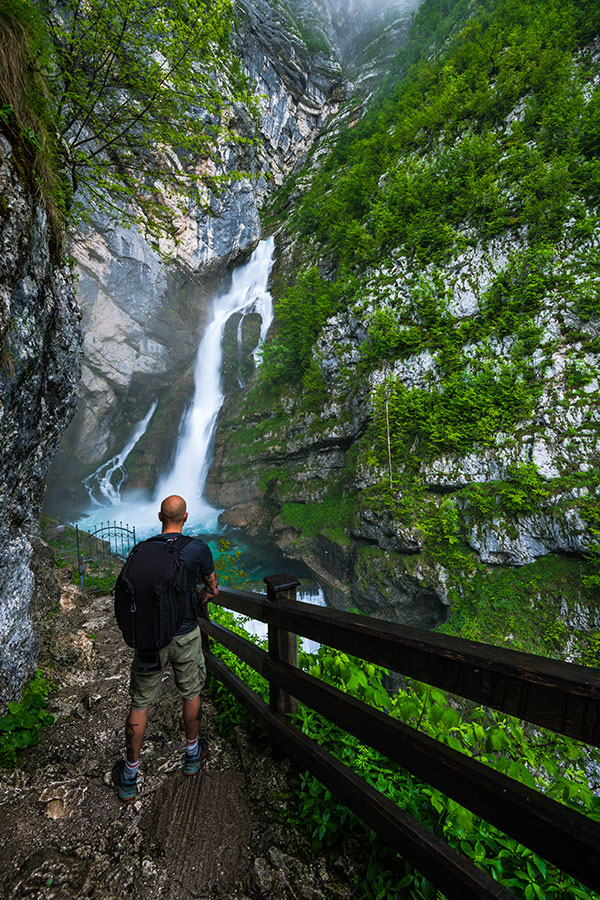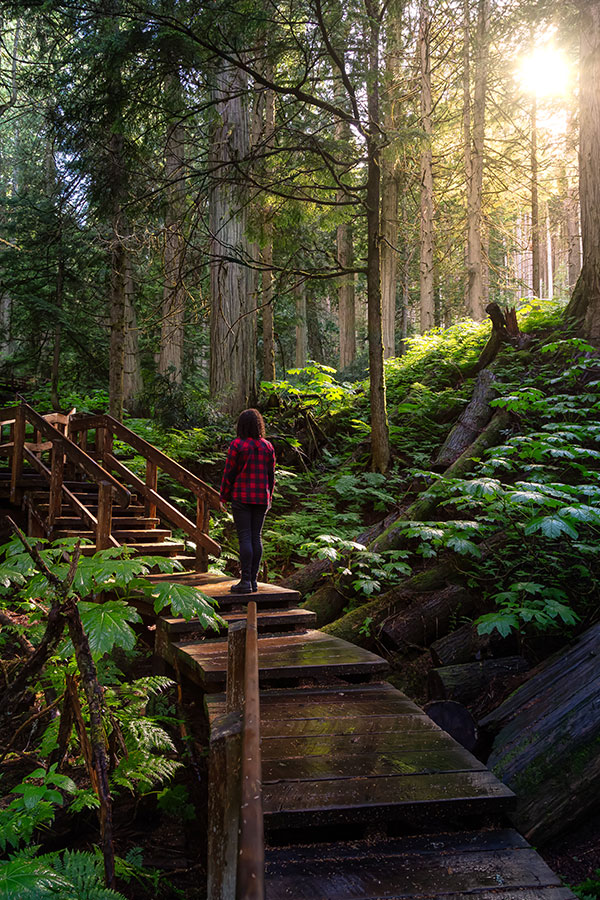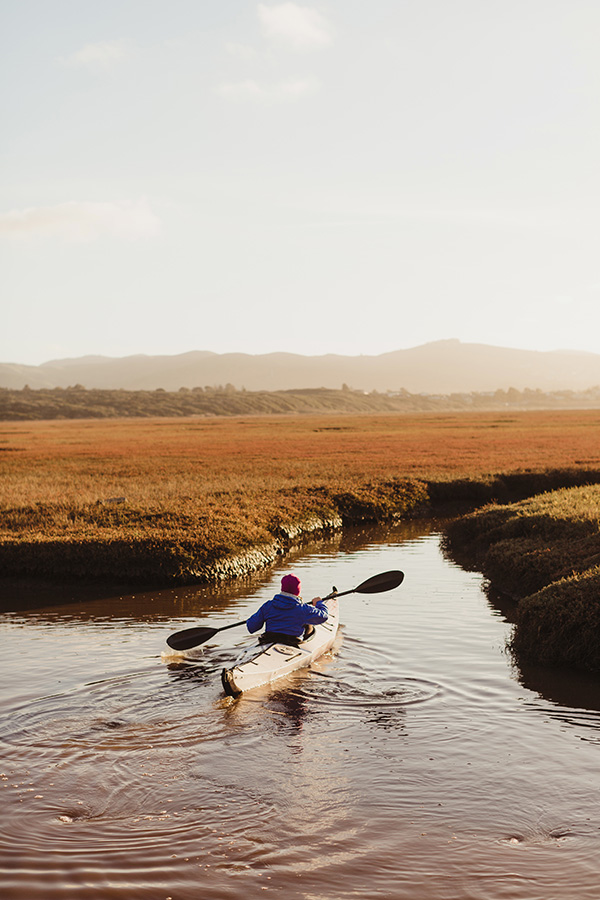Building Sustainable Trails in Pajero Watershed: The…
Introduction to Pajero Watershed The Pajero Watershed is a critical ecosystem located in the foothills of the Pajero Mountains. Spanning over 250,000 acres,…
The Pajero Watershed Information Centre
In 1998, members of the Pajaro Valley community agreed to come together in an attempt to move beyond the conflict and lack of coordination among the various interests in the region. A diverse group of residents, including business, agricultural, environmental, local government, labor, education, health, and others formed Action Pajaro Valley (APV), a non-profit organization, in 1999.

Action Pajaro Valley’s successes were due largely in part to community members coming together to declare the mission of the organization as the following:
“The mission of Action Pajaro Valley is to create a positive future for the residents of the Pajaro Valley by facilitating an ongoing collaborative process for planning, informing and serving as a resource for community decision-making.”
Action Pajaro Valley is proud to host this website as a resource for the community to access information about the Pajaro River Watershed.
Funding support for this website is provided by a grant from the California Department of Water Resources Proposition 50 Integrated Regional Watershed Management Program (IRWM).
To reach APV staff and other key project team members, please contact:
Action Pajaro Valley
441 Union St.
Watsonville, CA 95076
Phone: (831) 786-8536
Fax: (831) 786-8541
Are you looking for an escape to nature? Pajero Watershed offers a unique and pristine environment for tourists to explore. Our lush forests, crystal-clear streams, and diverse wildlife provide an unforgettable experience for visitors of all ages.
Pajero Watershed is a nature lover’s paradise, and there are plenty of exciting activities to experience during your visit. Whether you’re looking for a peaceful hike, an adrenaline-pumping adventure, or a relaxing day of fishing, we have something for everyone.
Hiking is one of the most popular activities in Pajero Watershed, and for good reason. With miles of trails to explore, hikers of all skill levels can enjoy the beauty of the forest and the fresh air of the great outdoors.
Fishing is a popular activity in Pajero Watershed, thanks to the crystal-clear streams and abundance of fish species in the area. Anglers can try their luck at catching rainbow trout, smallmouth bass, catfish, and more.
Kayaking is a fun and exciting way to explore the waterways of Pajero Watershed. The crystal-clear streams and tranquil lakes make it the perfect place for kayaking, and there are several spots throughout the watershed where you can launch your kayak and start your adventure.
Biking is a great way to explore the natural beauty of Pajero Watershed, and there are several bike routes throughout the area that offer stunning views of the forest and waterways.


Are you planning your honeymoon and looking for a romantic and secluded destination to celebrate your love? Look no further than Pajero Watershed, where you can enjoy the beauty of nature and the privacy of your own cabin.
To make your stay even more special, we’re offering a special discount of 25% for honeymoon guests. With this discount, you can enjoy all the amenities of our comfortable and cozy cabins at a reduced rate, allowing you to fully relax and unwind during this special time in your life.
Introduction to Pajero Watershed The Pajero Watershed is a critical ecosystem located in the foothills of the Pajero Mountains. Spanning over 250,000 acres,…
Climate change is one of the most significant challenges that our planet is facing today. Its impact is being felt in various parts…
Sustainable agriculture has become an increasingly important issue in recent years, as more and more people seek to reduce the negative impact of…
The Pajaro River Watershed is a unique ecosystem that offers a diverse range of habitats for a variety of wildlife species. This vast…
Fishing in the Pajaro River can be an exciting and rewarding experience, especially for beginners who are just starting out. With its calm…
As humans, we have a responsibility to protect our environment and its resources. One of the most important resources is water, and the…
If you are looking for a perfect getaway, the Pajaro River Watershed might be your best bet. The Pajaro River runs through Santa…
The Pajaro watershed is a significant region in California that covers an area of about 945 square miles, spanning across Santa Cruz, San…
The Pajaro Watershed is a natural wonderland in the Central Coast region of California. The watershed offers many recreational activities, including fishing, hiking,…
The Pajaro Watershed is a critical region in California that supports numerous ecosystems, wildlife, and communities. It is an essential water source for…
Pajaro Watershed is a region located in Central California, spanning over 900 square miles, and is home to a diverse range of flora…
Introduction Climate change is a significant and persistent threat to our planet. The Pajaro watershed in California has been experiencing the adverse impacts…
Nestled within the heart of California and spilling over into Monterey Bay, the Pajaro Watershed is an essential natural resource for the local…
As newlyweds, planning a honeymoon can be one of the most exciting experiences in a couple’s life. It’s a time to relax and…
The Pajaro Watershed, located in the southwestern United States, experiences frequent flooding due to its location near several major rivers. Floods can cause…
The economy of the Pajaro Valley relies on the availability of water. Eighty-four per cent of water use is used for agriculture and…
The resource/regulatory agencies and the USACE agreed early in the planning process that the acceptability of the lower Pajaro River project design was…
The Pajaro River Bench Excavation Project is designed to relieve the magnitude and severity of potential future flooding of the Pajaro River levees…
Note: As of June 2015, information on Current Alternatives, Cost, Financing, and other elements of the Pajaro River Flood Risk Managment Project are being…
Stay up to date with all the latest news and events in Pajero Watershed by checking our latest news section. Here you will find all the latest happenings in the area, including festivals, new trails, and other exciting updates.
We regularly update this section to keep you informed and provide you with the most current and relevant information about Pajero Watershed. You can also sign up for our newsletter to receive the latest news and updates directly in your inbox.
In addition to news about the area, this section also features stories about the local culture, history, and environment. You can learn more about the people who live and work in Pajero Watershed, as well as the flora and fauna that make this area so unique and special.
Check back often to stay informed and to make the most of your visit to Pajero Watershed. We’re committed to providing you with the most up-to-date and comprehensive information about this beautiful and captivating destination.
We would love to hear from you! If you have any questions, comments, or suggestions, please don’t hesitate to contact us using the information below.